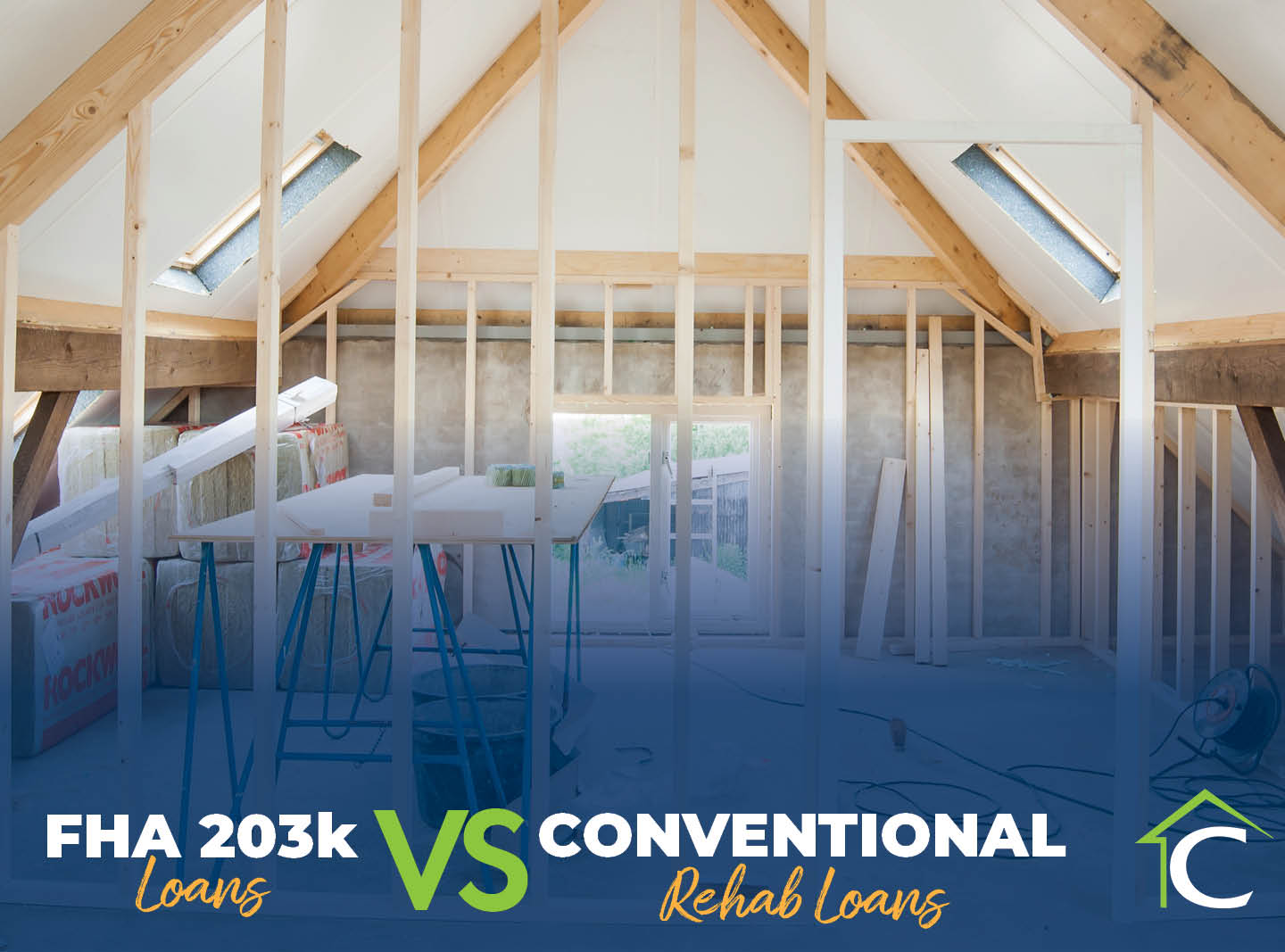Buying a home can seem like a daunting task—and sometimes that’s exactly what it is, thanks to a seemingly never-ending stream of tasks and steps in the process. If you’re looking to buy a home, one of the most helpful ways to get ahead in the process is to get a pre-approved mortgage loan.
At its most basic level, a mortgage pre-approval is a promise from a lender that you’ve met the qualifications to borrow an agreed-upon amount of money at a specific interest rate. The real work comes after you’ve shopped for the right mortgage, obtain a completed property appraisal and several other requirements. This agreement between you and your lender enables you to buy a home based on the vitality of your credit.
And your credit is key. During the pre-approval process, a lender examines your credit to determine how healthy it is, while they also verify your income to make sure you’ll be able to pay back the home mortgage loan. If all goes well during this process, your lender will deliver a pre-approval letter, stating that your home loan will indeed be approved once you make a monetary offer and submit the purchase contract, preliminary title information, appraisal documents, and your income/asset reports.
What You Need For A Mortgage Pre-Approval
Some of the typical documentation your lender will need to see during the mortgage loan pre-approval process includes:
Income: You’ll have to supply your lender with documents like 30 days of pay stubs, along with tax returns and W-2s from the previous two years. If you have any additional sources of income, you’ll have to provide these as well—this can include retirement benefits, alimony, a second job, etc.
Assets: Any additional assets besides your income will also have to be reported to your lender. Sixty days of bank account statements are typically submitted here, as well as any information on your investments or large monetary gifts.
Personal Info: Of course, you’ll also need to provide identification like a driver’s license or passport, along with your Social Security number, which will be used to perform a credit check.
If you get the pre-approval, this means your lender believes you’ll be able to satisfy the down payment and that your income is sufficient to cover regular mortgage payments during your time as the homeowner. When you get to this stage, the lender then must ensure that the home is appraised for an amount that’s more than or equal to the eventual purchase price. Depending on your lender, a loan approval is typically valid for 60-90 days. Also, remember that a mortgage pre-approval doesn’t necessarily guarantee a totally guaranteed loan.
Factors That Could Affect Mortgage Loan Pre-Approval
Let’s take a deeper look at the different elements that lenders will examine before approving your mortgage loan. You should be well-versed in these components of your financial profile when you apply.
Debt-to-Income Ratio
A debt-to-income (DTI) ratio is an assessment of your monthly debts relative to your monthly income. All of your debts are added up by your lender, and these debts can include student and auto loans, credit card payments, lines of credit, child support, alimony, and more. Lenders take all of these debts, add them up, then divide the sum total by your gross monthly income. The result is a percentage that lenders use to gauge how risky it would be to give you a loan. Generally, borrowers should maintain a DTI at or below 43 percent of their gross monthly income in order to qualify for a mortgage loan. Basically, the lower your DTI, the more competitive the interest rate you’ll be saddled with from the loan. Help get this number to where it needs to be by paying down enough debt as possible before applying for a loan.
Loan-To-Value Ratio
Loan-to-value (LTV) ratio is another key metric lenders use in the evaluation of your financial stability and ability to take on a loan. It’s calculated by dividing the loan amount by the home’s value, which is determined by a property appraiser. The LTV has everything to do with your down payment or the upfront money you pay to the seller at the closing table. The higher the amount of your down payment, the lower your loan and the lower your LTV ratio. Assessments with elevated LTV ratios are seen as higher risk, so for the mortgage to be approved, the loan would cost more to the borrower. What’s more, a high LTV might require you to purchase private mortgage insurance, a type of insurance that protects lenders should you fail to repay your mortgage. To ensure a lower LTV, put down more money or seek out a less expensive house.
Income & Employment History
It’s important to remember that when you're seeking out a mortgage loan, your potential lender is going to do what they can to protect their own interests and this means confirming that you can handle the financial burden. They want to make sure you can pay back the mortgage loan over an agreed-upon length of time and in this effort, they’ll make sure you earn a regular income and are gainfully employed. Most lenders request two years’ worth of W-2s, as well as your employer’s contact information, and salary information. You’ll also likely have to provide 60 days of bank statements in order to prove that you have the cash for a down payment and closing costs.
Credit History
And there’s where things can get scary, especially for younger homebuyers who’ve accrued some debt from various sources. Lenders will pull credit reports from the main reporting bureaus, which includes Experian, Transunion, and Equifax. This will give the lender a window into your payment history and if you’ve been paying bills on time, along with whether or not you have any credit lines open and for how long. A credit check also gives the lender a view of your credit utilization or how much credit you actively use. Keeping this number at or below 30 percent shows lenders you can carry the responsibility of consistently paying your bills and displays your aptitude at debt management. These items account for what’s known as a FICO (Fair Isaac Corporation) score, a credit score model used by mortgage lenders.
Did You Get Pre-Approved For A Mortgage Loan?
The review process will result in one of three decisions: Pre-approved, denied outright or pre-approved with conditions. While the first two are rather straightforward, the third needs a little clarification. If you’re pre-approved with conditions, your lender might require additional documentation or your DTI might need lowering, perhaps by paying down some of your debt. If the worst-case scenario occurs and you’re denied outright, your lender will provide you with resources to correct any obstacles. A loan denial likely means your credit score needs work and this can be accomplished by making more regular payments to rein in your debt.
If you’re pre-approved for a mortgage loan, the lender will provide you with a pre-approval letter on the official letterhead. It’s a document explaining to the seller that you are, in fact, a serious buyer and it confirms that you do boast the financial means to buy a home. On this pre-approval letter, lenders will include the purchase price, loan program, interest rate, loan amount, down payment amount, expiration date, and property address.
















